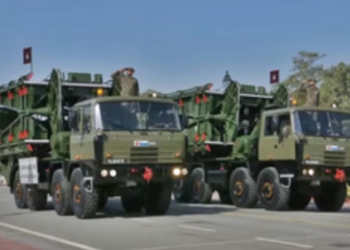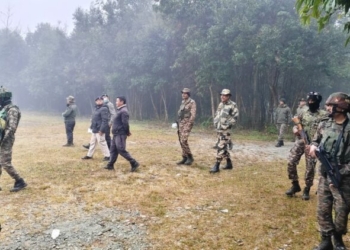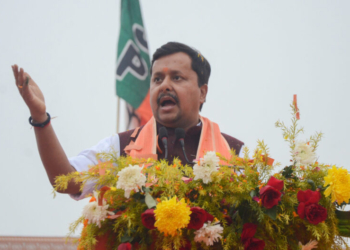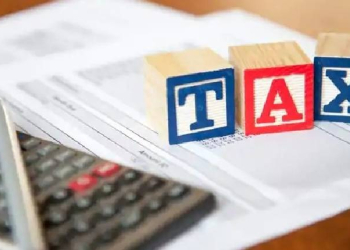New Delhi: The Global Energy Monitor said on Tuesday that the founding BRICS members — India, Brazil and China continue to lead the global clean energy transition, but countries that have recently joined them are pursuing fossil fuels.
The bloc can play a crucial role in the power sector buildout by backing clean energy power projects across new bloc members.
The trio BRICS nations have some of the largest wind and solar fleets in the world, all ranking among the top five and seven countries globally in terms of operating wind and utility-scale solar capacity, respectively.
In addition, they have more than twice as much wind and utility-scale solar capacity as fossil fuels in development — projects that have been announced or are in the pre-construction and construction phases.
The Global Energy Monitor said fossil-powered capacity dropped below half of the total mix in the BRICS group for the first time in 2024.
However, new BRICS members are building more than 10 times as much coal, oil, and gas capacity (25 GW as wind and utility-scale solar (2.3 GW).
But data in the Global Integrated Power Tracker also show 25 GW of coal, oil, and gas capacity under construction in the newest BRICS countries –Indonesia, Belarus, Bolivia, Kazakhstan, Cuba, Malaysia, Thailand, Uganda, Uzbekistan, and Nigeria — versus just 2.3 GW of wind and utility-scale solar under construction.
Much of the power sector capacity in the new BRICS countries is being built by China, signalling an opportunity to provide its leadership for others in the bloc.
The new analysis shows that 62 per cent of total power capacity under construction involves Chinese state-owned enterprises, either as providers of engineering, procurement, and construction services, or as financiers.
Chinese involvement is greatest in hydropower and coal power projects, at 93 and 88 per cent of capacity under construction, respectively.
Chinese firms are backing 7.7 GW of new coal, virtually all found in Indonesia, despite President Xi Jinping’s pledge to end support for overseas coal projects.
At the same time, China outpaces all other countries in its support for wind and solar in the new BRICS member geographies, where it is building more than half the solar capacity (947 MW) and nearly 90 per cent of wind capacity (601 MW).
In spite of the general dominance of fossil fuels among the new BRICS countries, most members have signalled a willingness to transition away from fossil fuel energy sources, highlighting a mismatch between their pledges and planned projects.
At present, eight out of the 10 new members have declared some form of net-zero emissions target by 2050 or 2070, and all five of the new members that use coal for power have announced a date by which they aim to phase out coal from their energy mixes.
Founded in 2009 by its namesake countries Brazil, Russia, India, and China, the BRICS group of major-emerging economies expanded to include South Africa in 2010.
Its membership in early 2024 expanded again to include Iran, the United Arab Emirates (UAE), Ethiopia, and Egypt.
As hosts of the bloc’s rotating presidency this year, Brazil announced Indonesia’s accession to full membership along with nine additional countries obtaining partner status: Belarus, Bolivia, Kazakhstan, Cuba, Malaysia, Thailand, Uganda, Uzbekistan, and Nigeria.
The bloc now produces more than a third of global GDP and is home to nearly half of the world’s population and carbon-dioxide emissions.
James Norman, Project Manager for the Global Integrated Power Tracker, said, “Stalwart BRICS members have an opportunity to show leadership and model their experience with the clean energy transition for new members. Instead, there’s a real risk of sending these countries down the wrong path by investing in coal, gas, and oil.”
(IANS)
















